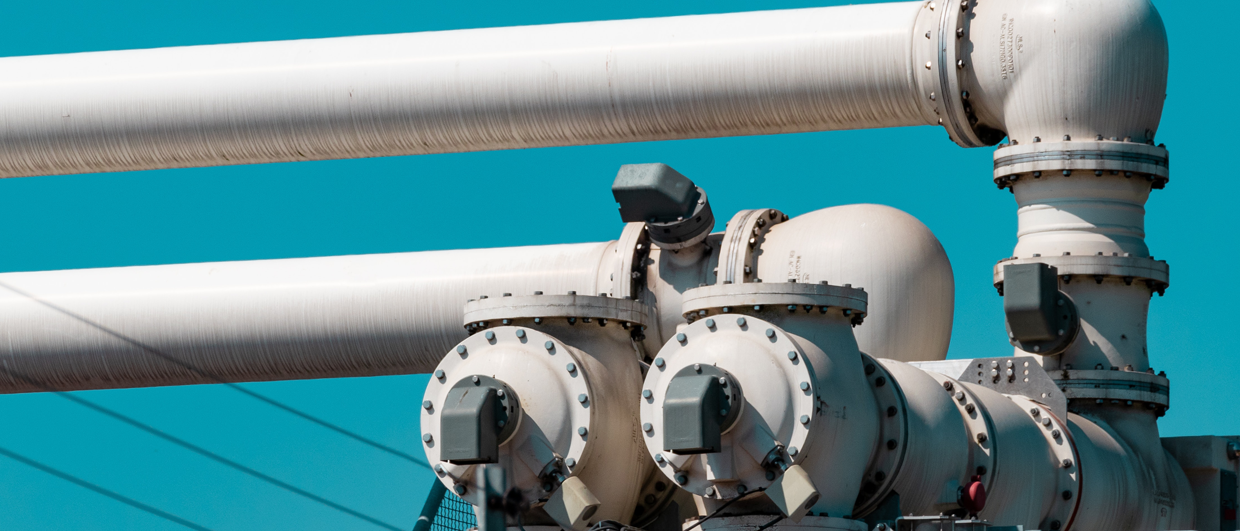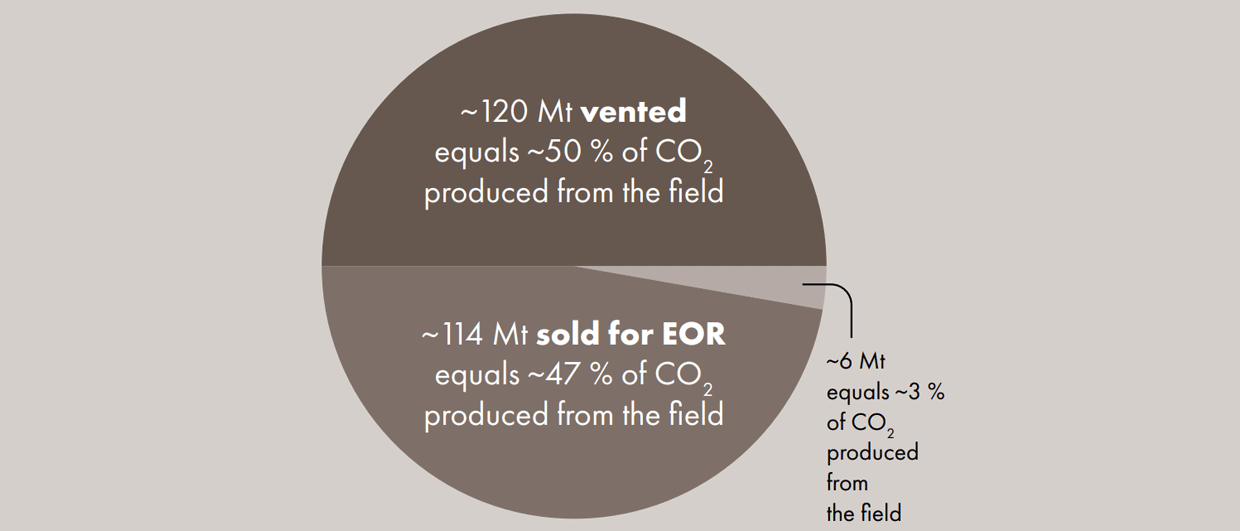It appears that the Institute for Energy Economics and Financial Analysis (IEEFA), headquartered in Ohio US, is overly critical towards the future of Carbon Capture and Storage projects.
The Institute recently published a study that stated: “Unexpected challenges at Norway’s flagship projects, Sleipner and Snøhvit, show CCS planners and regulators face underground unknowns that may spur financial and environmental risks.” On that basis, the author claims that the “Norwegian projects cannot be used as definitive models for the future of CCS”, also because the injection rates at these sites are less than what is planned with upcoming projects.
How to interpret these statements? The Norwegian projects are amongst the few long-term CO2 storage projects in the world. Would it really be wrong to use these as examples of future CCS initiatives?
The IEEFA study explains that CO2 migrated into previously unknown reservoirs at Sleipner, which are “challenging to model”. At Snøhvit, the initial injection into the Tubåen Fm was stopped after three years of injection due to pressure issues in the injection well.
It cannot be denied that the two Norwegian CO2 storage projects resulted in a few surprises and, especially in the case of Snøhvit, additional project costs to start injecting CO2 into another reservoir.
However, as Philip Ringrose, Adjunct Professor in CO2 Storage at the Norwegian University of Science and Technology (NTNU), stated in an email to us: “It is true that these projects experienced what I call ‘geological surprises’ along the way – something Equinor has regularly reported in the peer-reviewed literature. However, as a whole, the Sleipner and Snøhvit CCS projects have had excellent regularity with only minor stoppages for well workovers.”
Regulatory framework
On that basis, whilst it is certainly desirable to ensure that subsurface risks are included in the economic models of a CCS project, the Norwegian projects should not be used as examples to demonstrate that “CCS projects create potentially indefinite contingent liabilities.”
As the author of the IEEFA concludes, it is the way CO2 storage projects are made to happen that creates the right environment or not. In Norway, companies pay US$41/tCO2 emitted, which is way more than the storage costs of about US$17/tCO2. This forms a good incentive for companies to embark on CCS projects. It also prevents a situation where unexpected project costs are being carried by the taxpayer. That is also what the EU carbon tax is about.
Yes, the injection rates of the Norwegian projects may be lower than the ones currently planned at various places around the world, but if the regulatory framework is right, subsurface risks for a project should just be part of the economic model and form a drive towards selecting the best site.
It should not be a reason to not go ahead with CCS at all and scare policymakers into lifelong bills at the expense of the taxpayer. That is ultimately down to creating the right regulatory framework. After all, more than anything else, the Norwegian projects have demonstrated that CCS works over longer timescales.





